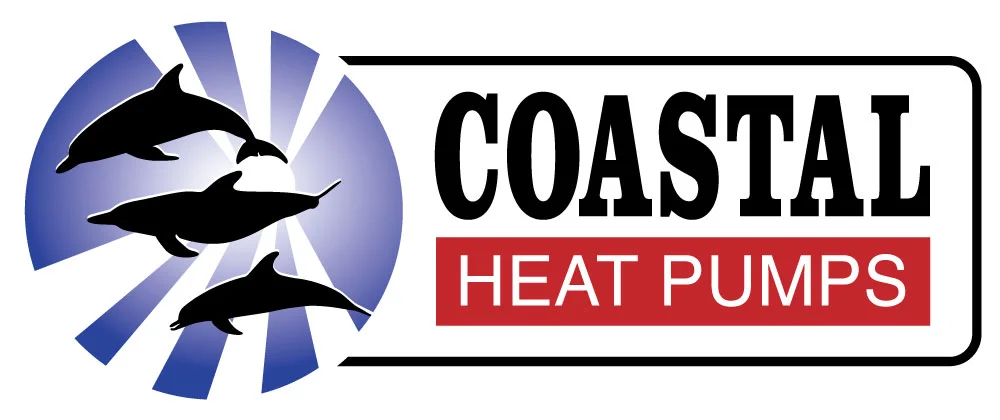Blog
Coastal Heat Pumps > Blog > Heat Pump Maintenance > How to Get the Most Out of Your Heat Pump this Winter
How to Get the Most Out of Your Heat Pump this Winter
If you haven’t switched over to a heat pump system to warm and cool your home now is the time! Heat pumps are very energy-efficient and because they are also an all-in-one year-round unit, they are very popular as a streamlined way to keep a home comfortable. And, if you already have a heat pump you are enjoying lower heating bills and less energy consumption.
With cold weather here to stay throughout the winter you will want to get the most out of your heat pump and here is how to do it.
Turn All Heads to Heat
Your heat pump is a two-directional system. It provides cool in the summer and heat in the winter. To do this, each heat pump has a control system that allows you to switch it from cooling to heating. However, if a single knob or head is switched to “air conditioning” then the system will not start. This all-or-nothing detail is a safety feature that will ensure that call airflow and coolant lines are going the same direction.
Set One Temperature for the Season
Unlike your furnace or gas heating, heat pumps are designed to maintain temperature rather than constantly turning on and off. For this reason, your most efficient setting all winter is one setting that stays the same each day.
This is true even for overnight changes your heat pump uses more energy to change the temperature than it does to maintain a single ideal temperature for your home during the winter. Therefore, set it, and forget it is the right approach for your heat pump thermostat.
Make Use of Zones if You have a Multi-Zone System
Heat pumps make it possible to split your HVAC into multiple zones with a different thermostat setting for each room. If you have a multi-zone system, you can increase both the comfort and efficiency of your system by making use of those zones. This allows you to target your ideal temperature per room, including allowing for a cooler temp in sleeping areas for cuddling up under blankets and warmer temperatures in living spaces where you don’t want to bundle up indoors.
Set the Thermostat for Comfort, Not Familiar Numbers
Heat pump registers and their internal thermometers are often set near the ceiling. Heat also rises toward the ceiling, which means your ceiling fan is probably a little toastier than you are. What does this have to do with heat pump efficiency? It means you may want to set the thermostat for your heat pump (or each heat pump zone) based on your real-world comfort level. The thermostat numbers may not perfectly match your usual settings in a non-heat-pump HVAC system, but that may be because of where a multi-zone heat pump system keeps its thermometers.
Set your heat pump or multi-zones to the most comfortable temperature for each room and “forget it” for the rest of the season.
Condensation is Normal in Below-Freezing Temperatures
Condensation is a buildup of moisture inside your heat pump system that then drips into a drip-pan below. A buildup of condensation is normal for any coolant-based HVAC system including heat pumps and traditional central air conditioning. While AC may have some condensation in the summer, heat pumps also experience condensation in the winter, in freezing temperatures. The only difference is that condensation forms on the outside of the heat pump unit.
This is because condensation occurs when humid air hits a cold surface. Moisture from the air will cling to the cooling components of the heat pump, forming a layer of condensation. When the cold outside air hits the condensation, it can freeze, causing your heat pump to go through a defrost cycle which can leave a puddle of water on the outside of the outdoor heat pump unit.
Clean or Change Your Filters
Everyone knows that a clean air filter is the key to an efficient heating or cooling cycle in your home. An outdoor heat pump unit will typically have a removable, washable filter. You can usually pull it out, hose or brush it off, and then return it to the unit. If your heat pump is hooked to a central air system, then don’t forget to change your air filter (sometimes called a furnace filter) as well, as these tend to be disposable and should be replaced as required.
Book Annual an Annual Heat Pump Tune-Up
Annual maintenance is one of the best ways to ensure that your heat pump is ready to keep your family cozy and energy-efficient all winter long. If you’re worried about switching modes or your heat pump has been making some odd sounds, call for an inspection before the first cold snap hits to ensure your heating system is ready.
Even without signs of trouble, an annual check-up of your heat pump and HVAC system can catch problems early and ensure that your system is working optimally before the coldest part of winter.
Take Care of All Your Heat Pump Needs at Coastal Heat Pumps
Whether you are maintaining an older heat pump or keeping a newer heat pump in great condition, the team at Coastal Heat Pumps is here to keep your family warm and “comfortable” all winter. Contact us today to consult on your heat pump’s performance, best practices, and to book your annual heat pump inspection and tune-up.

